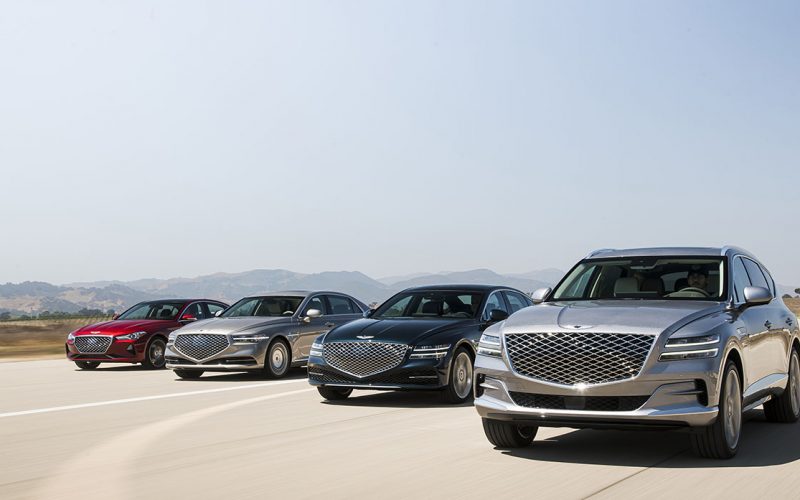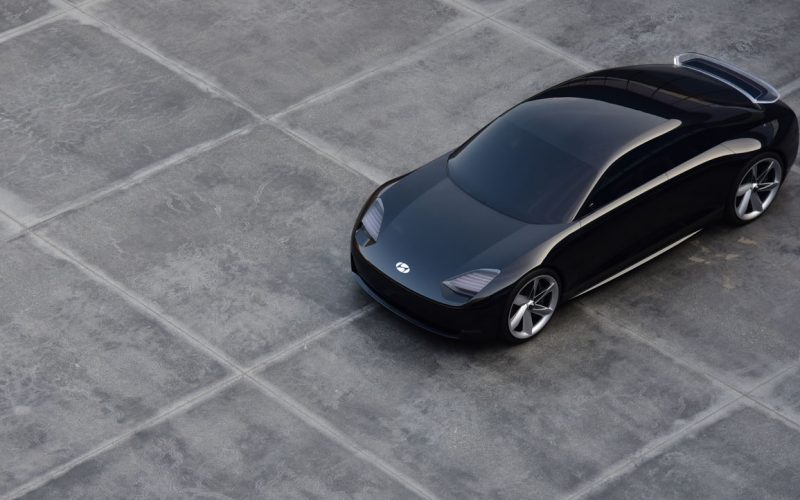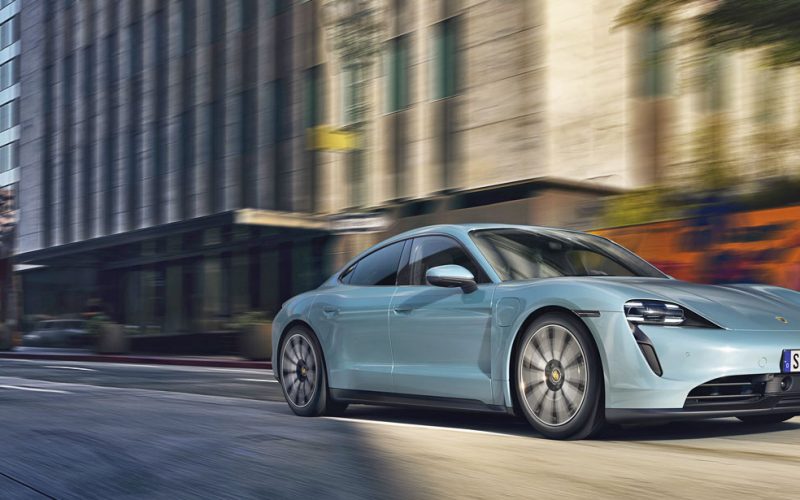
Reading Time: 17 minutesIf I loved Toyota’s Highlander Hybrid any more, it would be a Hyundai Palisade hybrid. I

Reading Time: 5 minutesHyundai Motor’s premium Genesis brand will be introduced to European markets this summer, starting with two

Reading Time: 4 minutesInterestingly, as cars become little more than rolling computers with seats they’re actually becoming less complex,

Reading Time: 6 minutesPorsche introduced two production versions of its fabulous Taycan EV last month, but some would-be buyers
© 2025 The Car Magazine. All Rights Reserved, Privacy Policy | Terms of Use